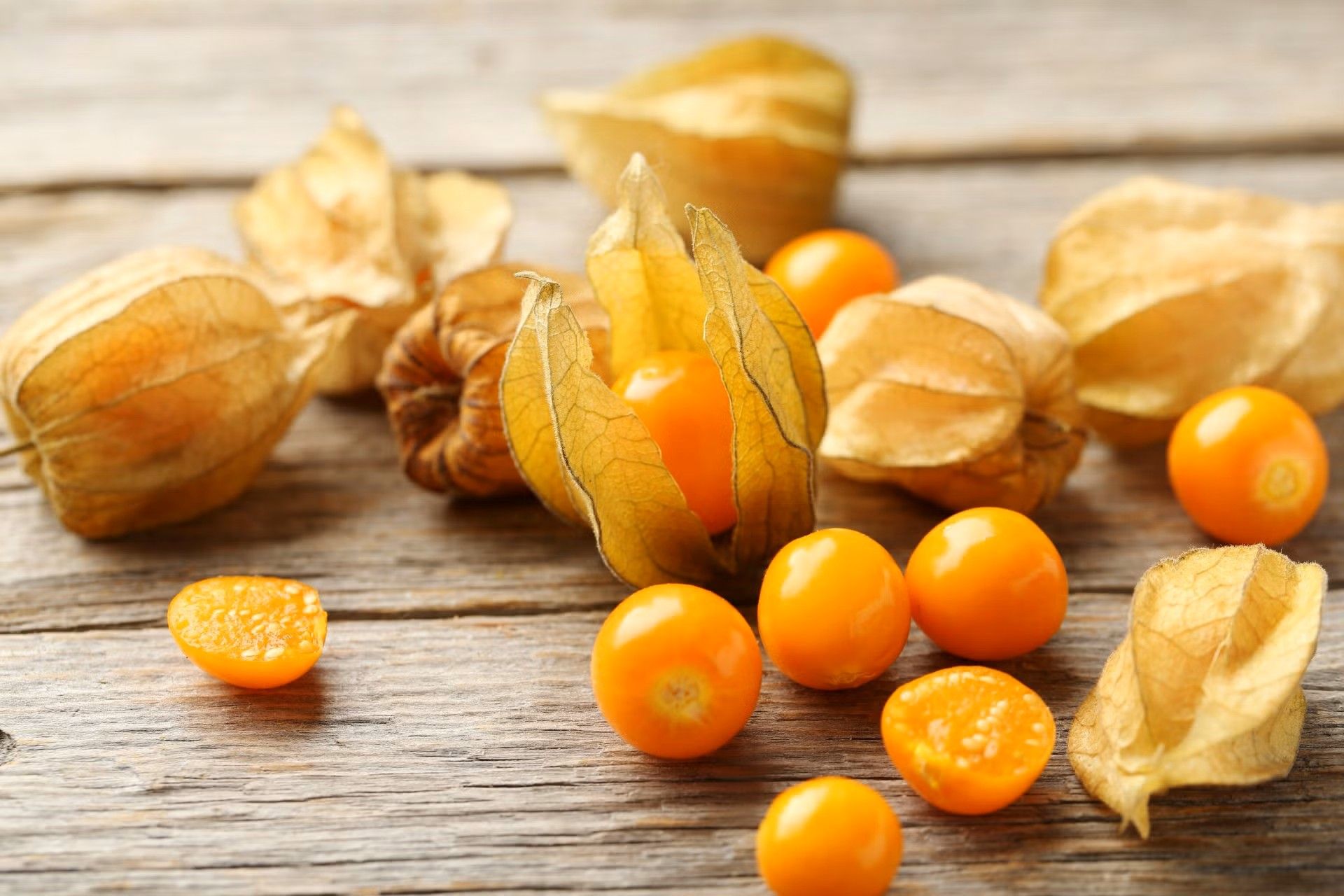
Cape gooseberry, also known as Physalis peruviana, is a small, round fruit encased in a papery husk. This golden berry, native to South America, has gained popularity worldwide for its unique taste and numerous health benefits. Did you know that Cape gooseberries are rich in vitamins A, C, and B-complex? They also contain antioxidants, which help fight free radicals in the body. These berries can be eaten fresh, dried, or used in various recipes, adding a sweet-tart flavor to dishes. Whether you're a fruit enthusiast or just curious about this exotic berry, here are 29 fascinating facts about Cape gooseberries that will leave you wanting to try them yourself!
What is Cape Gooseberry?
Cape gooseberry, also known as Physalis peruviana, is a small, round fruit encased in a papery husk. It has a sweet-tart flavor and is often used in desserts, jams, and salads. Let's dive into some fascinating facts about this unique fruit.
-
Cape gooseberries are native to South America, specifically the Andes region.
-
The fruit is also known as goldenberry, Inca berry, and ground cherry.
-
Cape gooseberries belong to the nightshade family, which includes tomatoes, potatoes, and eggplants.
-
The plant can grow up to 3 feet tall and has heart-shaped leaves.
-
Each fruit is about the size of a marble, typically 1-2 centimeters in diameter.
Nutritional Benefits of Cape Gooseberry
Cape gooseberries are not just tasty; they are also packed with nutrients. Here are some health benefits you might not know about.
-
They are rich in vitamins A, C, and E, which are essential for immune function and skin health.
-
Cape gooseberries contain antioxidants that help fight free radicals in the body.
-
The fruit is a good source of dietary fiber, aiding in digestion and promoting gut health.
-
They have a low glycemic index, making them suitable for people with diabetes.
-
Cape gooseberries also contain iron, which is vital for blood health.
Culinary Uses of Cape Gooseberry
Cape gooseberries are versatile and can be used in various culinary applications. Here are some ways to enjoy them.
-
They can be eaten fresh, straight out of their husks.
-
Cape gooseberries make excellent additions to fruit salads.
-
The fruit can be used to make jams, jellies, and preserves.
-
They are often used as a garnish for desserts and cocktails.
-
Cape gooseberries can be dried and used as a snack or in baking.
Growing Cape Gooseberry
Interested in growing your own cape gooseberries? Here are some tips to get you started.
-
They thrive in well-drained soil with a pH between 5.5 and 7.5.
-
Cape gooseberries prefer full sun but can tolerate partial shade.
-
The plants need regular watering, especially during dry spells.
-
They can be grown from seeds or cuttings.
-
Cape gooseberries are relatively pest-resistant but can be affected by aphids and whiteflies.
Historical and Cultural Significance
Cape gooseberries have a rich history and cultural significance in various parts of the world.
-
They were first cultivated by the Incas in Peru.
-
The fruit was introduced to South Africa in the 19th century, where it gained the name "cape gooseberry."
-
In Colombia, cape gooseberries are known as "uchuva" and are a popular fruit.
-
The fruit is often used in traditional medicine for its anti-inflammatory properties.
-
Cape gooseberries have been featured in various culinary traditions around the world.
Fun Facts About Cape Gooseberry
Here are some quirky and fun facts that make cape gooseberries even more interesting.
-
The papery husk of the fruit is not edible but can be used as a natural wrapper.
-
Cape gooseberries can be used to make a natural dye.
-
The fruit has a unique flavor that is a mix of sweet and tart, often compared to a combination of pineapple and tomato.
-
Cape gooseberries are sometimes used in floral arrangements due to their attractive husks.
The Final Scoop on Cape Gooseberries
Cape gooseberries are more than just a tasty fruit. Packed with vitamins, antioxidants, and fiber, they offer a bunch of health benefits. These little golden berries can boost your immune system, improve vision, and even help with weight management. Plus, they’re super versatile in the kitchen. You can toss them in a salad, blend them into a smoothie, or even make a sweet jam.
Growing them is pretty easy too. They thrive in warm climates and don’t need much fuss. Just give them some sunlight and water, and you’ll have a bountiful harvest in no time.
So next time you’re at the market, grab some cape gooseberries. Your taste buds and your body will thank you. Whether you’re a foodie or a health nut, these berries are a win-win. Enjoy the goodness!
Was this page helpful?
Our commitment to delivering trustworthy and engaging content is at the heart of what we do. Each fact on our site is contributed by real users like you, bringing a wealth of diverse insights and information. To ensure the highest standards of accuracy and reliability, our dedicated editors meticulously review each submission. This process guarantees that the facts we share are not only fascinating but also credible. Trust in our commitment to quality and authenticity as you explore and learn with us.
